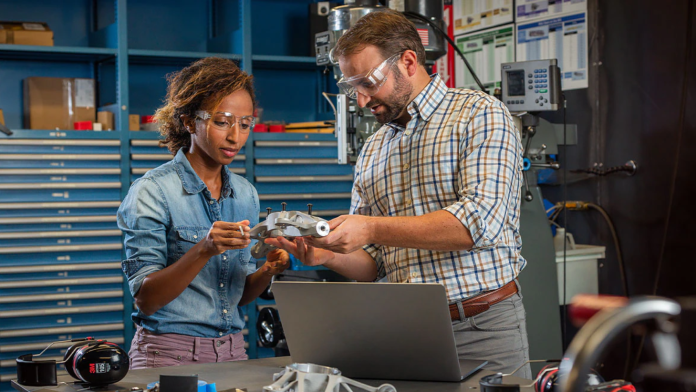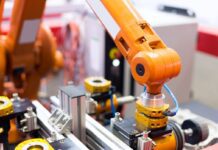
Sponsored Content by
For many decades, manufacturing leaders have been seeking to crack the code for the right operational model that would boost production, improve product quality, and reduce hiccups in operation.
In order to tackle these age-old industrial objectives, business owners are increasingly turning to the use of emerging technologies, such as internet of things, cloud and edge computing, 5G networks, robotics, and artificial intelligence.
Chris Gill, technical specialist for Fusion 360 at Autodesk, highlighted these digitalisation trends, their benefits, and how they meld with the current state of manufacturing and supply chain today.
Harnessing software-based processes
Tapping into the right digitalisation approach is a crucial task for manufacturing companies of all shapes and sizes to optimise human resources, labour shortages, and supply chain issues.
According to Gill, the manufacturing industry of Australia and New Zealand has come a long way in terms of its journey from manual programming to leveraging computer-aided manufacturing systems.
From manually connected processing machines, manufacturers are now using shop floor-connected machines powered by CAD systems that combine industrial and mechanical design, simulation, machining, and collaboration in a simple integrated platform.
Integrating communication through cloud
Communication is the number one issue of any business. And with every stage of manufacturing isolated in its own little bubble of information processing, it’s almost an impressive feat — if not impossible— to keep them all working on the same version of a file using manual methods.
How can you know if you are working on the correct version of a file? Gill noted here the significance of working on a cloud-based platform that ensures that everyone is on the same page— a single source of truth, he calls it.
This approach would eliminate disjointed markups and allow designers and engineers to tap into connected bi-directional markups.
And of course, transitioning from a local to a cloud-based system, architects and engineers would no longer be bound to using their desktops. Collaboration is key and designers need to have access to projects, where the rest of the team can review and comment on designs from their mobile devices.
Starting from the shop floor
The supply chain is bound to encounter many other stresses in the future, including those that we have never encountered before. Digital transformation that begins on a business’ shop floor is paving the way for Industry 4.0, ultimately opening new methods for mitigating emerging issues.
Autodesk has reimagined the 3D CAD/CAM system from the ground up and developed Fusion 360 to serve as a comprehensive development tool for businesses of all shapes and sizes.
To hear more comprehensive insights on Australia’s transition to new manufacturing processes, as well as other supply chain and production issues, watch Production Efficiency in Manufacturing. The one-hour webinar can be watched and downloaded on-demand.
It also features presentations from subject matter experts Paul Gekas, TEF business development at Robert Bosch Australia, and Vikram Sachdeva, manager of the Advanced Manufacturing Industry 4.0 Hub at the Swinburne University of Technology.



















